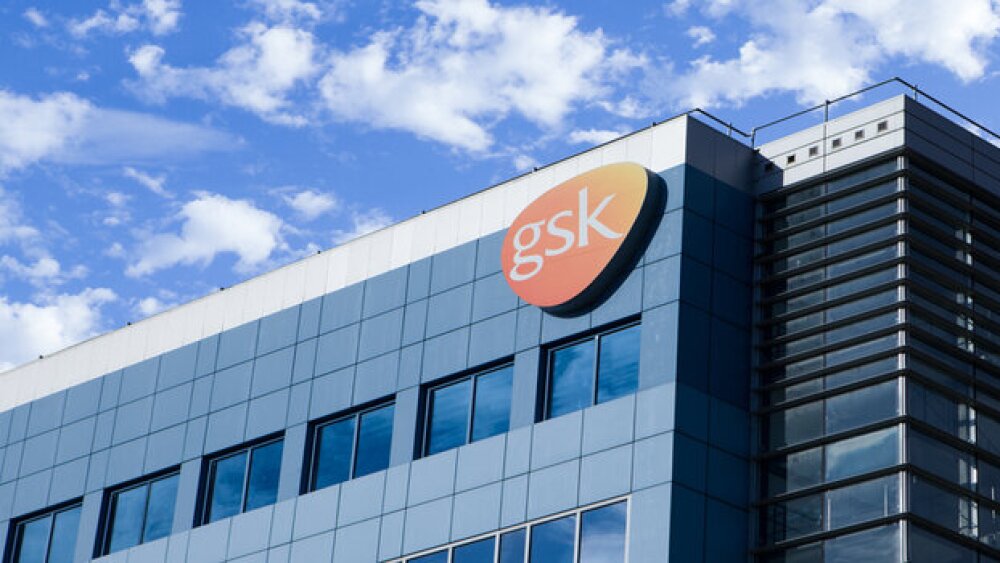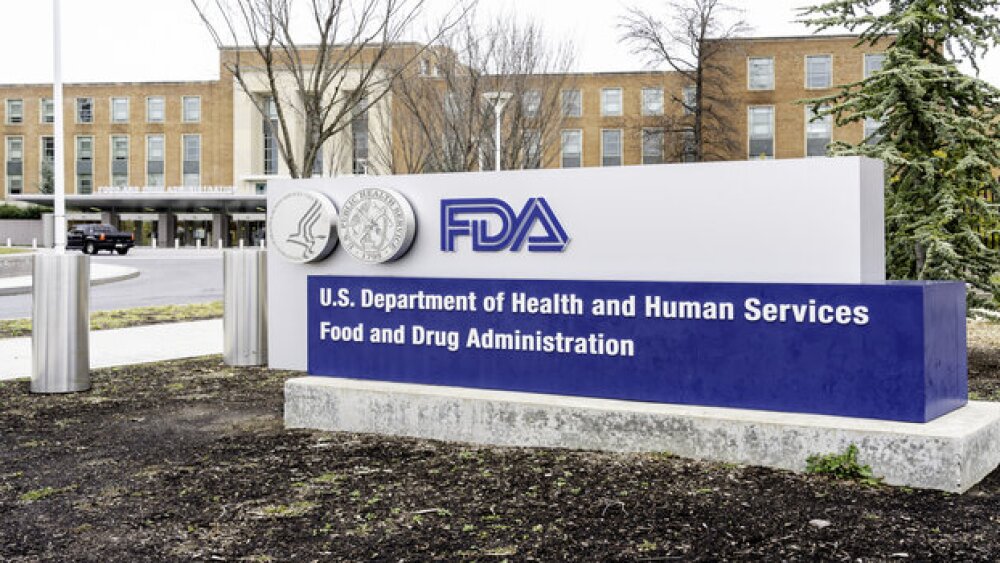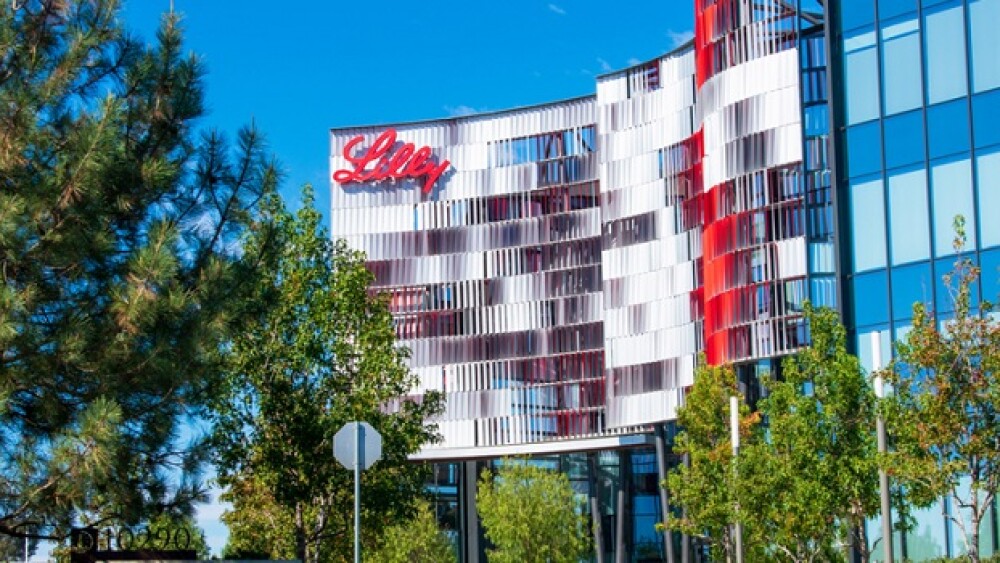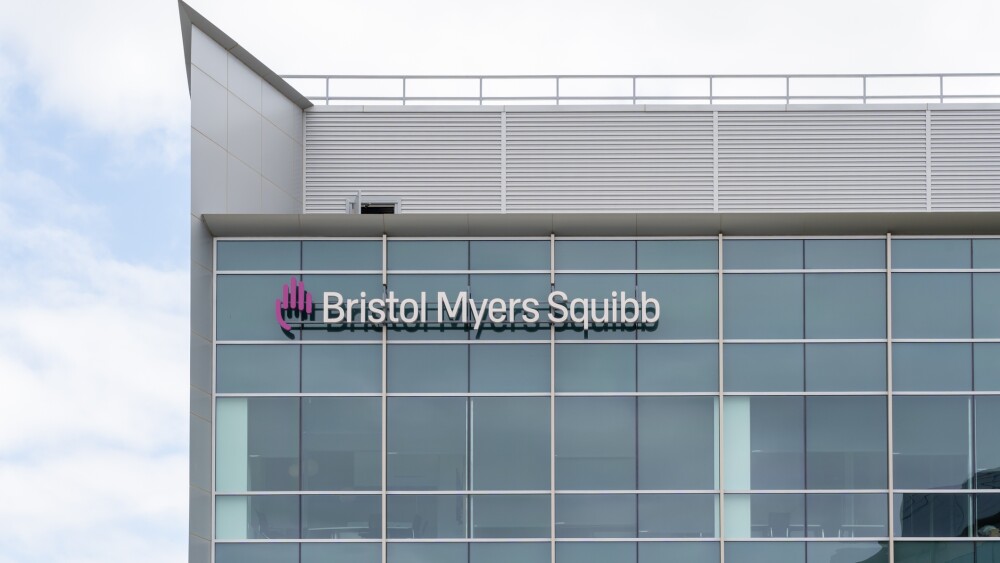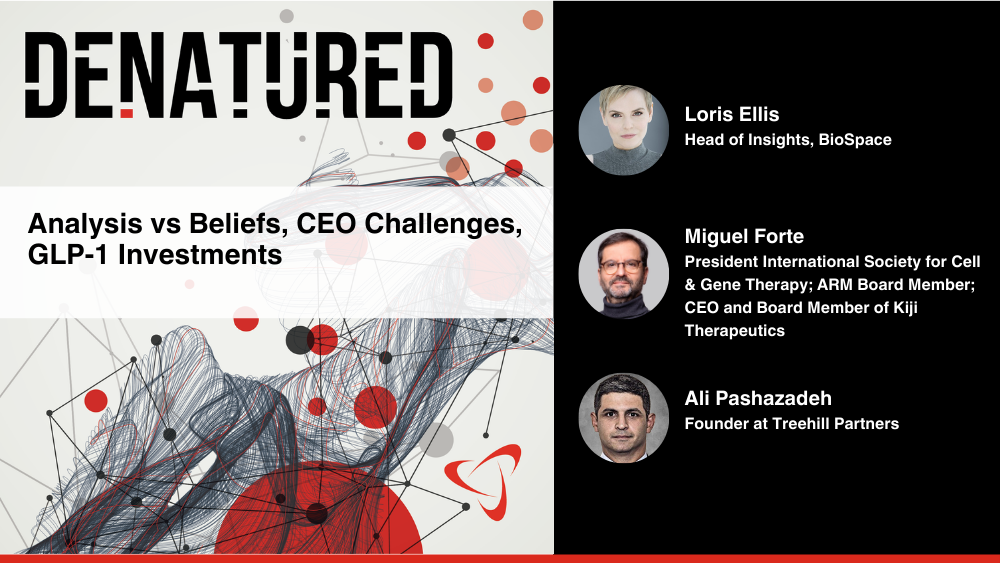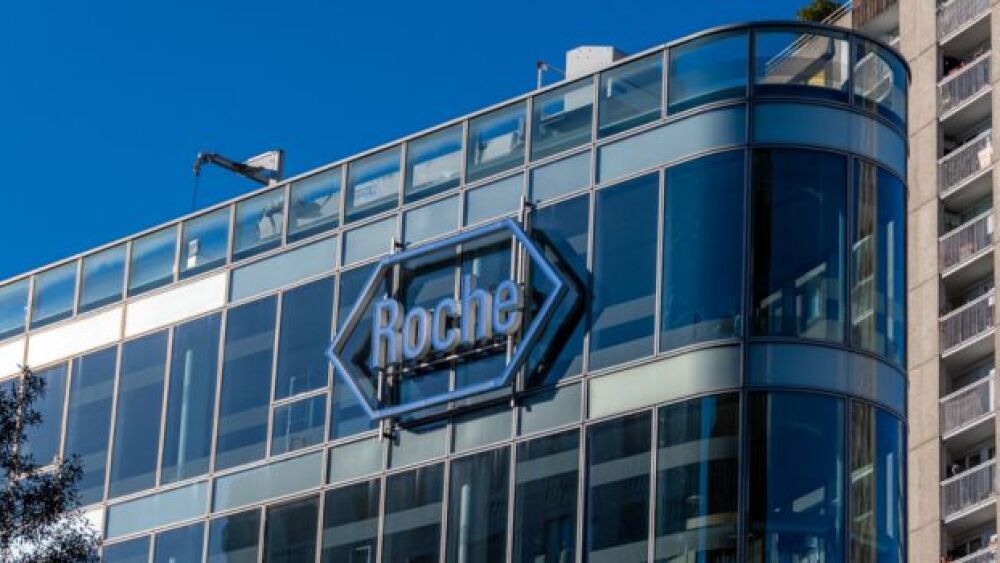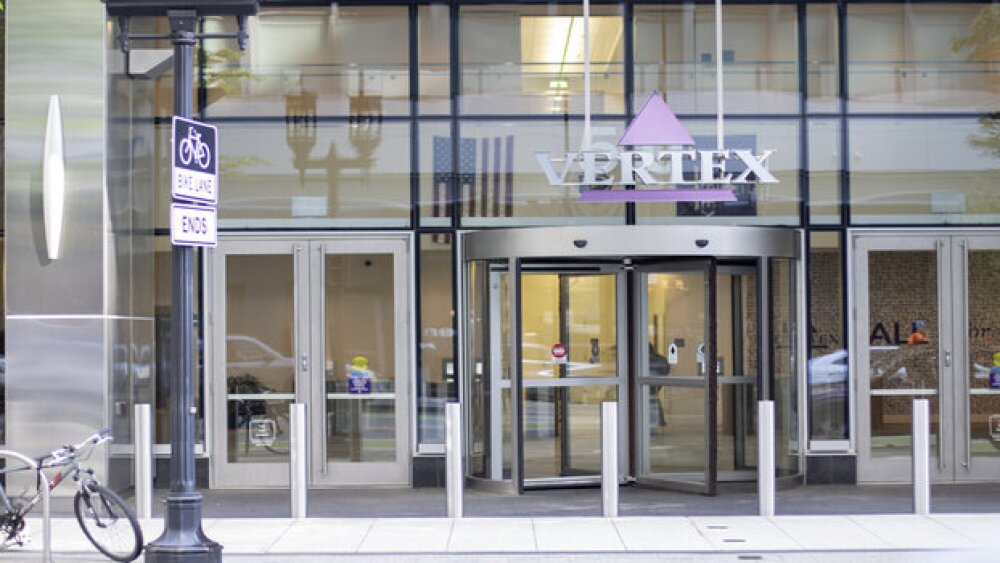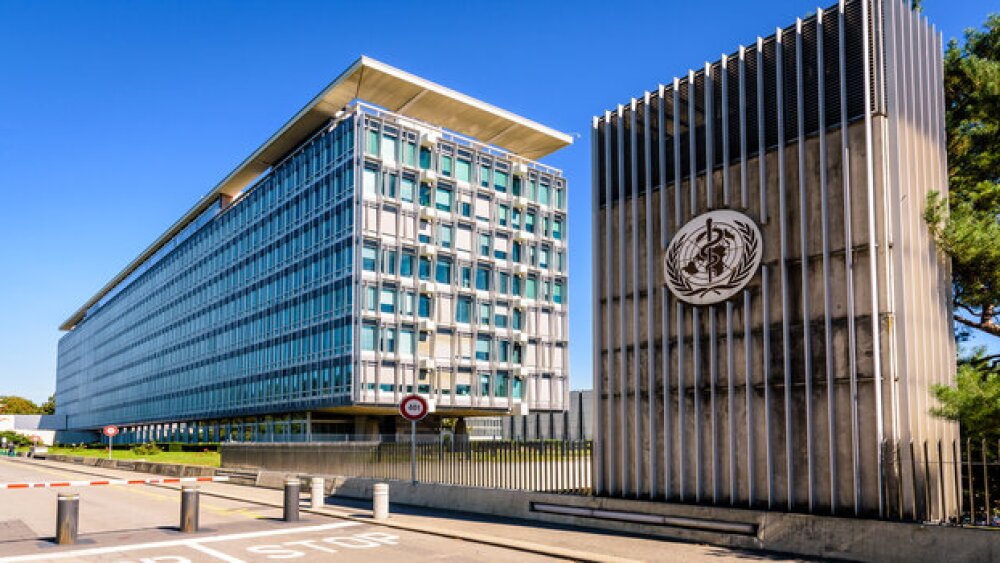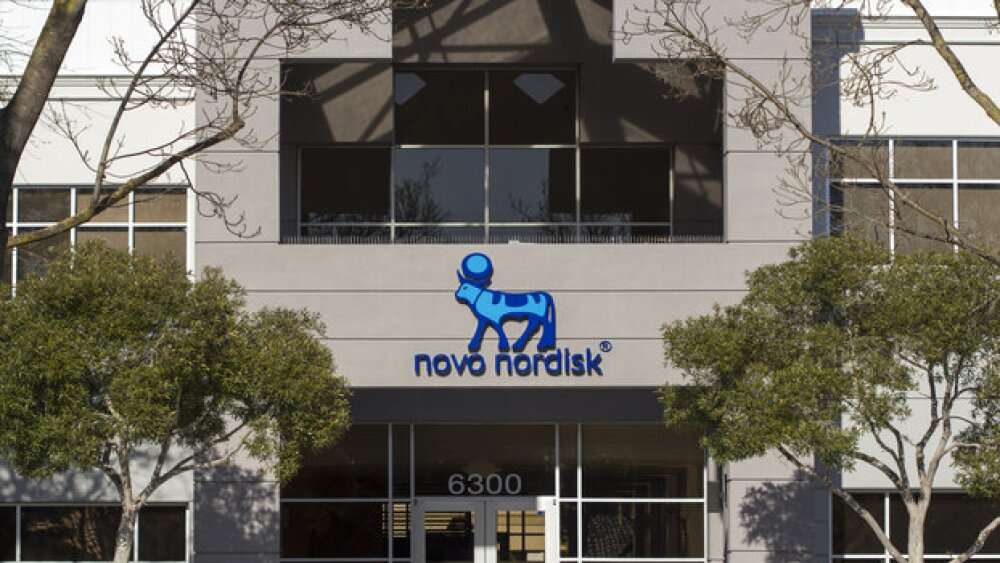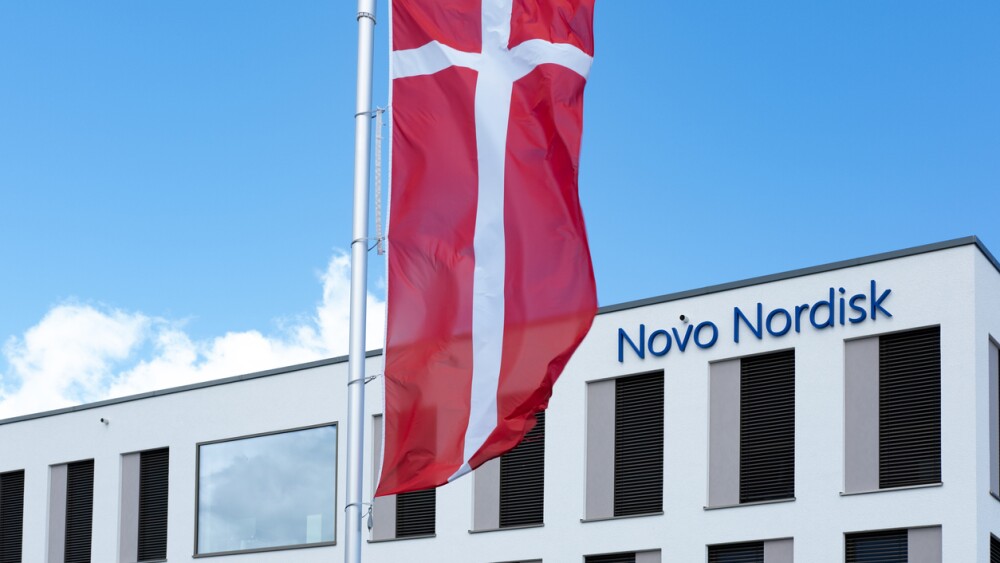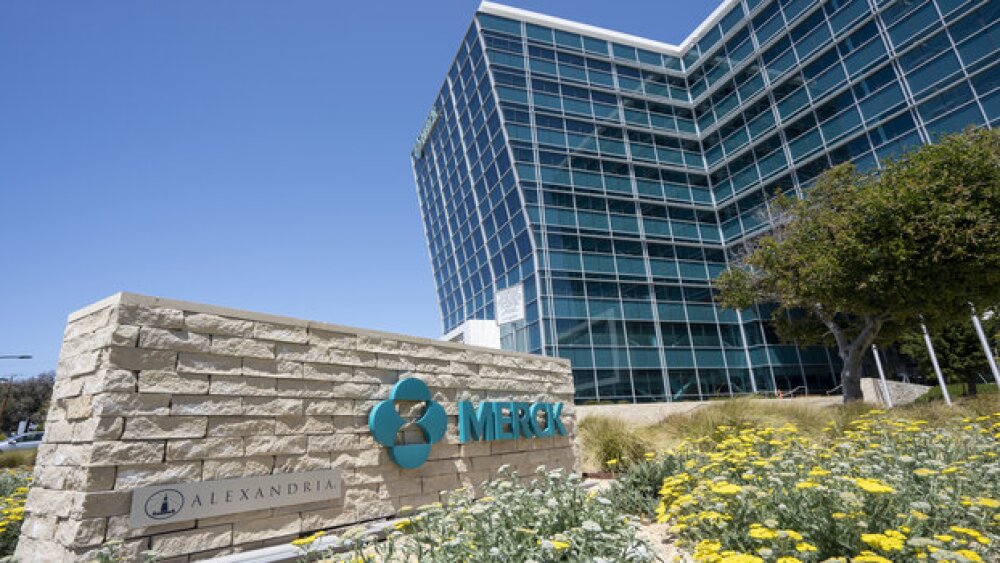All News
Galectin’s shares tanked in premarket trading Friday after the biotech revealed its lead asset missed the primary endpoint for its Phase IIb/III trial for patients with a type of liver cirrhosis.
First approved in 2021, Jemperli has now become a cornerstone of GSK’s cancer business, earning more than $160 million in the third quarter.
Investors appeared disappointed by CagriSema’s Phase III readout, which showed weight loss that fell short of Novo Nordisk’s prior projections for the therapy. Meanwhile, Eli Lilly’s stock rose on the news.
Despite securing the industry’s first approval for familial chylomicronemia syndrome, BMO Capital Markets believes that Tryngolza’s regulatory triumph will not be a significant positive for Ionis. Instead, the firm is focusing on olezarsen’s readout in severe hypertriglyceridemia, a much larger market.
After a couple months of uncertainty, the FDA has told compounding pharmacies that they have 60 to 90 days before the agency will enforce rules to stop their production of GLP-1s.
The closures follow Novartis’s acquisition of MorphoSys earlier this year.
BioArctic received $100 million upfront with another $1.25 billion in potential milestone payments on the line for two pyroglutamate-amyloid-beta antibodies.
In this episode of Denatured, BioSpace’s Head of Insights Lori Ellis, Miguel Forte and Ali Pashazadeh speculate on the impending Trump administration, discuss current challenges faced by CEOs and weigh investment in GLP-1s.
The report comes just two days after Novartis announced its own Parkinson’s drug failure.
Vertex Pharmaceuticals’ investigational non-opioid analgesic suzetrigine failed to outperform placebo. Investors voiced their concerns as the company’s share price fell 13% in premarket trading.
The approval concludes what has been a difficult regulatory path for Ryoncil, which suffered FDA rejections in 2020 and 2023.
According to the World Health Organization, GLP-1 receptor agonists are currently being used in a highly medicalized manner. Healthcare systems need to enact more holistic solutions, focusing on health promotion, disease prevention and policy interventions.
While layoffs have slowed in the second half of the year, according to BioSpace data, companies including Bayer, Bristol Myers Squibb and Johnson & Johnson are cutting hundreds or even thousands of employees in 2024.
Following an appeal by the Danish Medicines Agency, the European Union’s drug regulator will review two new studies that have strengthened the link between Novo Nordisk’s blockbuster GLP-1 and a rare eye disease.
Photys is eligible for up to $186 million from Novo Nordisk for its PHICS small molecules that pair a kinase to a disease-causing protein for phosphorylation.
BioSpace Senior Editor Annalee Armstrong reflects on the year that was, and what’s to come in 2025.
Suddenly the hottest thing in biopharma isn’t a new indication, disease target or modality—it’s manufacturing, and all of pharma is going to be vying for capacity and talent.
AbbVie’s blockbuster Humira held 105 patents, shielding the anti-inflammatory drug from biosimilar competition for more than 20 years. Proposed reforms could help prevent companies from extending exclusivity with such patent thickets.
The Hansoh deal will let Merck compete in the crowded oral GLP-1 space alongside fellow pharma giants Eli Lilly, Novo Nordisk and Roche.
Gratitude, a key part of stoicism, can benefit those working in—and being served by—the pharmaceutical industry.


